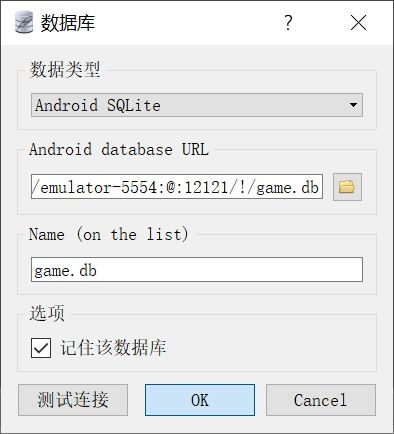ASP.NET MySQL Database Connection Guide, Establishing Connections with Best Practices
Introduction to ASP.NET and MySQL Integration
Connecting ASP.NET applications to MySQL databases is a common requirement for web developers looking to create dynamic web applications. MySQL, being an open-source relational database management system, provides a robust backend solution, while ASP.NET offers a framework for building web applications. This article will provide a step-by-step guide to help you establish this connection successfully.
Prerequisites for Connecting ASP.NET with MySQL
Before establishing a connection, certain prerequisites need to be met. Firstly, ensure you have installed the MySQL server on your machine or have access to a MySQL server. Secondly, you will need the MySQL Connector/NET, which is the data provider for .NET to connect with MySQL databases. This can be installed via NuGet Package Manager in Visual Studio. You can search for 'MySql.Data' and install it in your project.
Configuring the Connection String
After setting up the necessary components, the next step is to configure the connection string in your ASP.NET application. The connection string contains important information such as the server address, database name, user credentials, and any required options. Here’s an example of a typical connection string:
<connectionStrings>
<add name="MySqlConnection" connectionString="server=localhost;userid=myUsername;password=myPassword;database=myDatabase;" />
</connectionStrings>
This connection string should be added to the 'Web.config' file of your ASP.NET application. You can replace 'localhost', 'myUsername', 'myPassword', and 'myDatabase' with your actual database details. Using this connection string, you can easily fetch data from or insert data into the MySQL database.
Connecting to the Database and Executing Queries
With the connection string configured, you can now establish a connection within your code. Below is a sample code snippet that demonstrates how to connect to the MySQL database, execute a simple query, and read data:
using MySql.Data.MySqlClient;
public void ConnectToDatabase() {
string connectionString = ConfigurationManager.ConnectionStrings["MySqlConnection"].ConnectionString;
using (MySqlConnection connection = new MySqlConnection(connectionString)) {
connection.Open();
string query = "SELECT FROM ExampleTable";
MySqlCommand command = new MySqlCommand(query, connection);
using (MySqlDataReader reader = command.ExecuteReader()) {
while (reader.Read()) {
Console.WriteLine(reader["ColumnName"]);
}
}
}
}
In this snippet, the MySqlConnection class is used to open a connection to the database. The MySqlCommand class executes the SQL query, while the MySqlDataReader retrieves data from the database efficiently.
In summary, connecting ASP.NET to a MySQL database involves several straightforward steps, including installing necessary components, configuring the connection string, and executing queries using effective coding practices. By following these guidelines, developers can facilitate smooth communication between their applications and MySQL, leading to greater application functionality and user satisfaction.





